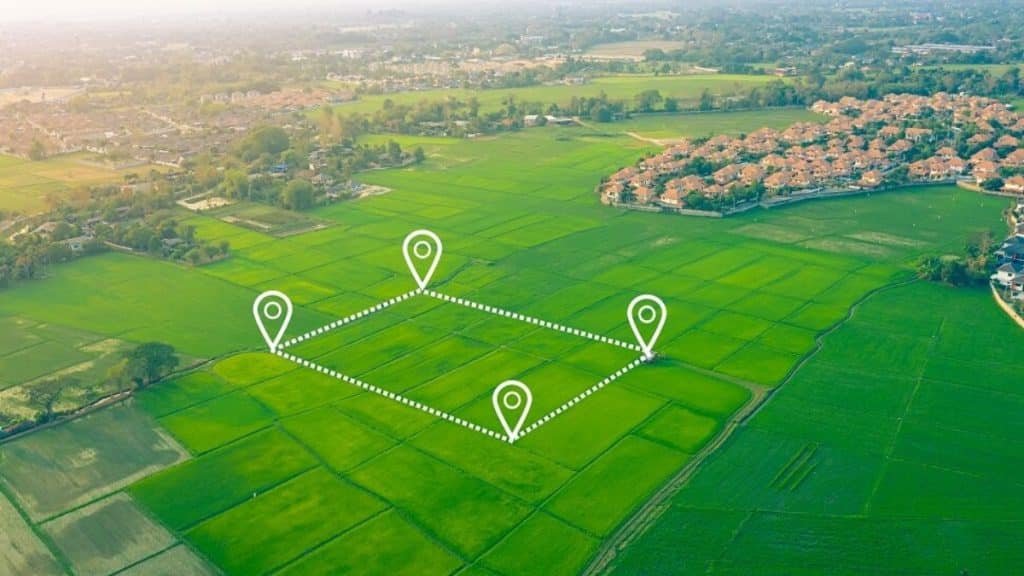Pricing retail land per square foot is a common practice in commercial real estate for several reasons, reflecting the utility, potential return on investment, and comparative value of the property. This pricing method offers a standardized way to evaluate and compare the cost of different properties, regardless of their total size or configuration.
Here are the key reasons why retail land is often priced per square foot:
1. Standardization for Comparison –
Pricing land per square foot allows for easier comparison between different sites, making it simpler for investors, developers, and buyers to assess value across various properties. It provides a common denominator for evaluating the cost of land in different locations, sizes, and with varying potentials.
2. Assessment of Value and Potential –
Retail land value is closely tied to its location, zoning, and development potential. Pricing per square foot helps stakeholders assess the economic feasibility of developing a retail project on the land. It reflects not just the land’s current value but its potential for revenue generation once developed.
3. Density and Development Considerations –
The cost per square foot can indicate the potential density of development, which is crucial for retail spaces where foot traffic and accessibility drive business success. Higher costs per square foot might be justified in areas where high-density development is possible or where retail demand is strong, translating into higher potential revenues for businesses.
4. Budgeting and Financial Planning –
For developers and businesses, understanding the cost of land per square foot is essential for budgeting and financial planning. It helps in estimating the total investment required for acquiring the land and completing the project, including construction, landscaping, and infrastructure costs.
5. Facilitates Negotiation –
Having a clear, quantifiable measure of land value aids in the negotiation process between buyers and sellers. It provides a basis for discussing the price, especially when considering the specifics of the land’s location and the ability to efficiently use as much of the parcel as possible. This is especially the case when dealing with a prime location, high-profile outparcel where value must be maximized.
6. Influence of Market Dynamics –
Land prices per square foot can fluctuate based on market demand, economic conditions, and changes in zoning laws or
development plans. This pricing method allows stakeholders to quickly adjust to market dynamics and reassess the land’s value in real time.
7. Efficient Utilization of Space –
Especially in urban or high-demand areas, the efficient use of space is critical. Pricing per square foot highlights the importance of maximizing the utility and profitability of every square foot of land, encouraging developers to plan and build projects that make the best use of the available space.
Pricing retail land per square foot is a practical and effective method for evaluating, comparing, and negotiating land transactions. It reflects a multitude of factors that influence the land’s value and potential, aiding all parties involved in making informed decisions. This approach underscores the importance of location, development potential, and market conditions in determining the true value of retail land.
Understanding these principles can help investors and developers strategically select and invest in retail land for sale that offers the best return on investment while aligning with their business objectives and market demands.
